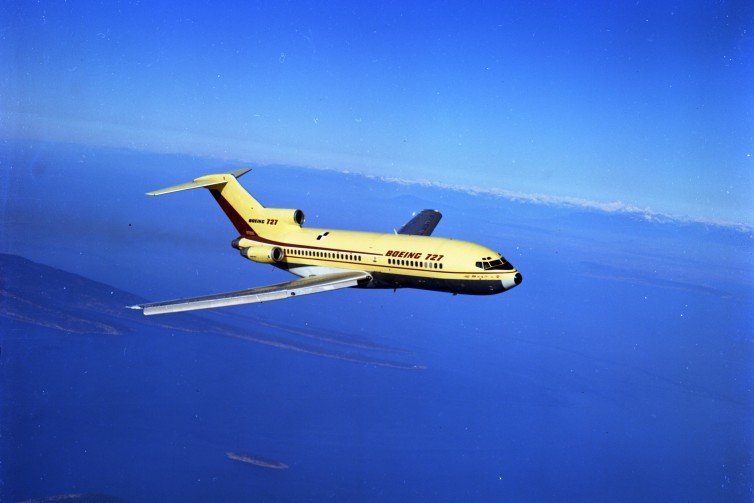
The Boeing 727’s first flight – Photo: Boeing
The last flight of the first Boeing 727 is going to happen soon. This is no longer a dream, but a reality. The first 727 has been in the process of being restored for many years and this is a beyond-exciting moment! It likely will fly the first week of March, traveling the short distance from Paine Field (in Everett, north of Seattle) to the Museum of Flight at Boeing Field (in Seattle’s south side).
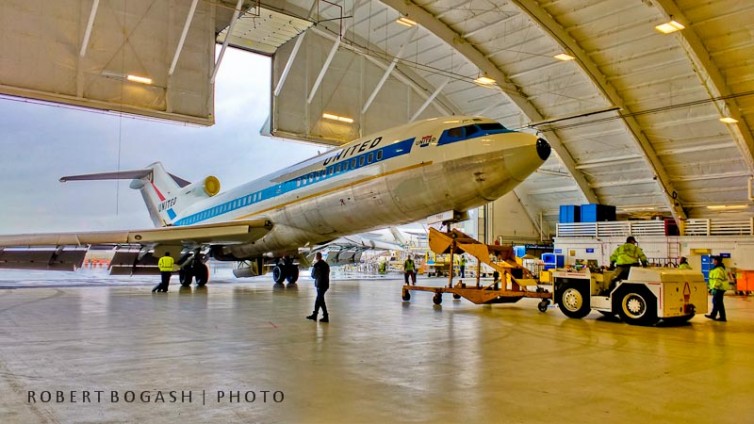
The first Boeing 727 being worked on and prepped for final flight
We recently had the opportunity to chat with the man who will be Captain for the final flight, Tim Powell. He is a great guy, an amazing pilot, and an AvGeek. We wanted to learn more about why he was chosen, what excites him about the flight, how he likes still flying the 727, and if he has any concerns about the upcoming flight.
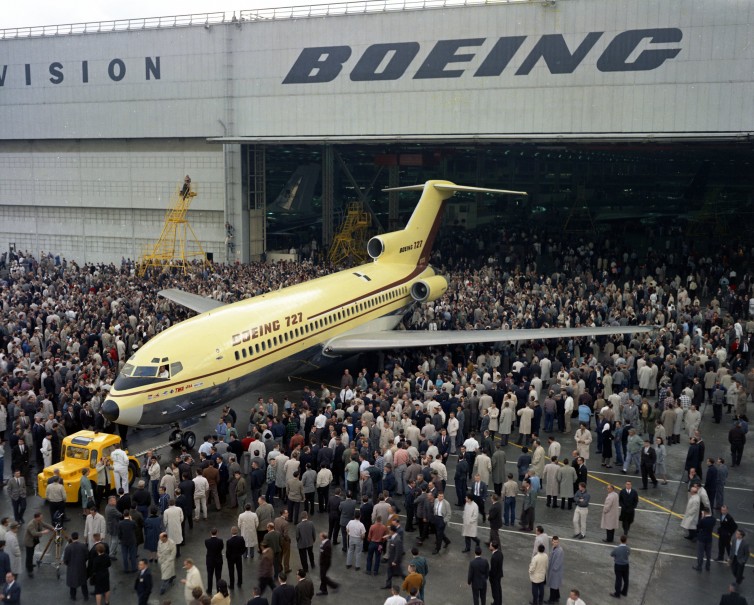
The first Boeing 727 rolls out – Photo: The Boeing Company
Introduction by David: We have been excitedly following the progress of preparing the first Boeing 727 for its final flight. We took a look at it being painted, got an update with the JT8D engines, and even did a tour of the cabin. I have been very impressed with how many other people are also excited about the aircraft. More people have emailed me directly to share their own personal stories of the 727, which I have loved.
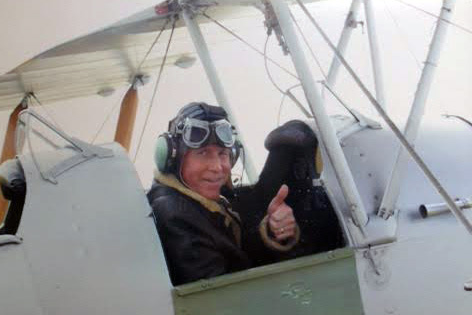
Captain Powell doing a few circuits & bumps in the Tigermoth on a visit to Duxford – Photo: Tim Powell
One person that reached out was Captain Tim Powell. Not only does he currently fly the 727 (you read that right), but he also is set to be one of the pilots who will fly the final flight of the 727. I welcomed him to share some of his thoughts about his experience and being an AvGeek in the left seat…
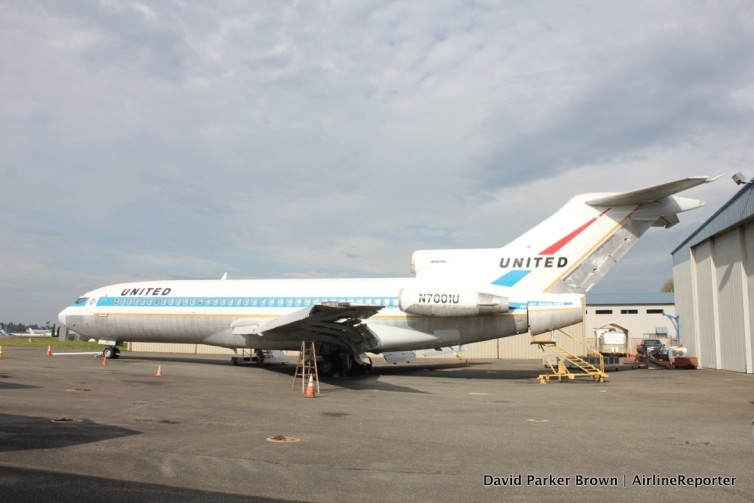
The first Boeing 727 sitting at Paine Field
Back in August, we connected with some of the fine folks that have been working to prepare the first Boeing 727 for its last flight. At the time, they were painting the plane and it looked damn good. Although a new coat of paint will make the plane look slick, it doesn’t exactly get it airborne. What does? Engines, of course.
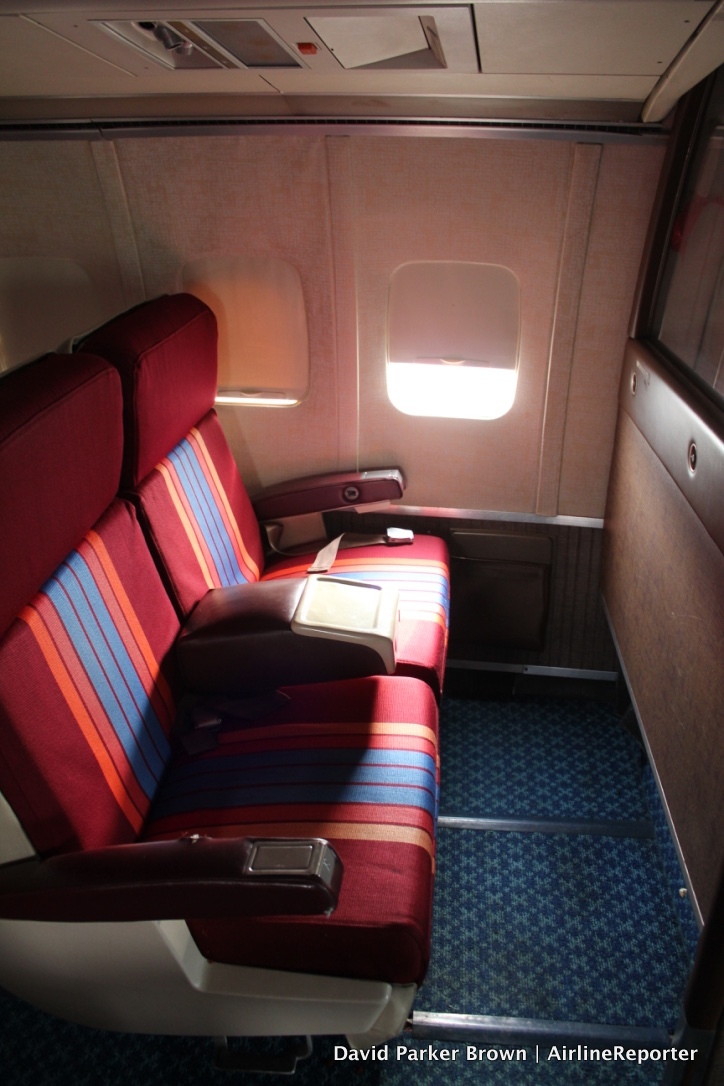
Classic first class seats in the first Boeing 727
I heard that they took possession of a few Pratt & Whittney JT8D engines and I wanted to get an update on how things were going and also take a tour of the interior.
When the aircraft was donated to the Museum of Flight, it was almost fully restored to how it looked (inside and out), when it first flew for United Airlines. So, I headed to the Museum of Flight Restoration Center at Paine Field and see how things were progressing.
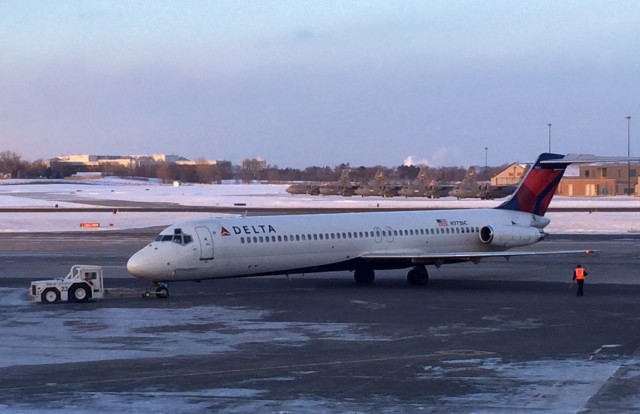
Delta flight 2014, the final scheduled DC-9 (reg N773NC) flight, pushed back from the gate at MSP – Photo: Chris Spradlin
It was a cold day in Minneapolis, the coldest in decades. Despite the bitter temperatures, spirits were high at Minneapolis – St. Paul International Airport (MSP) as Delta Air Lines was preparing to operate their final scheduled McDonnell Douglas DC-9 flight. As the aircraft touched down after the first flight of a two-leg ceremonial routing, the sendoff began and the DC-9 would soon be history.
A small gathering of Delta pilots, flight attendants, and tech ops were on hand to say goodbye to an old friend. A banner commemorating the DC-9 was hung on the wall for all to sign as passengers and employees indulged in the decorative DC-9 cakes. Before boarding, a ground operations employee shared some final thoughts about the DC-9, slipping up and saying “on behalf of Northwest Airlines,” which really sums up the history of the DC-9 at Delta.
Born 48 years ago, the DC-9 has outlived many other fleet types since its introduction with Delta in 1965. The DC-9 was once before retired from the Delta fleet in 1993, but was introduced again in 2008 after the merger with Northwest Airlines. Northwest also inherited their DC-9s via a merger, this time with Republic Airlines in 1986. The airframe which operated the final flight, N773NC, started its life with North Central Airlines in 1978.






